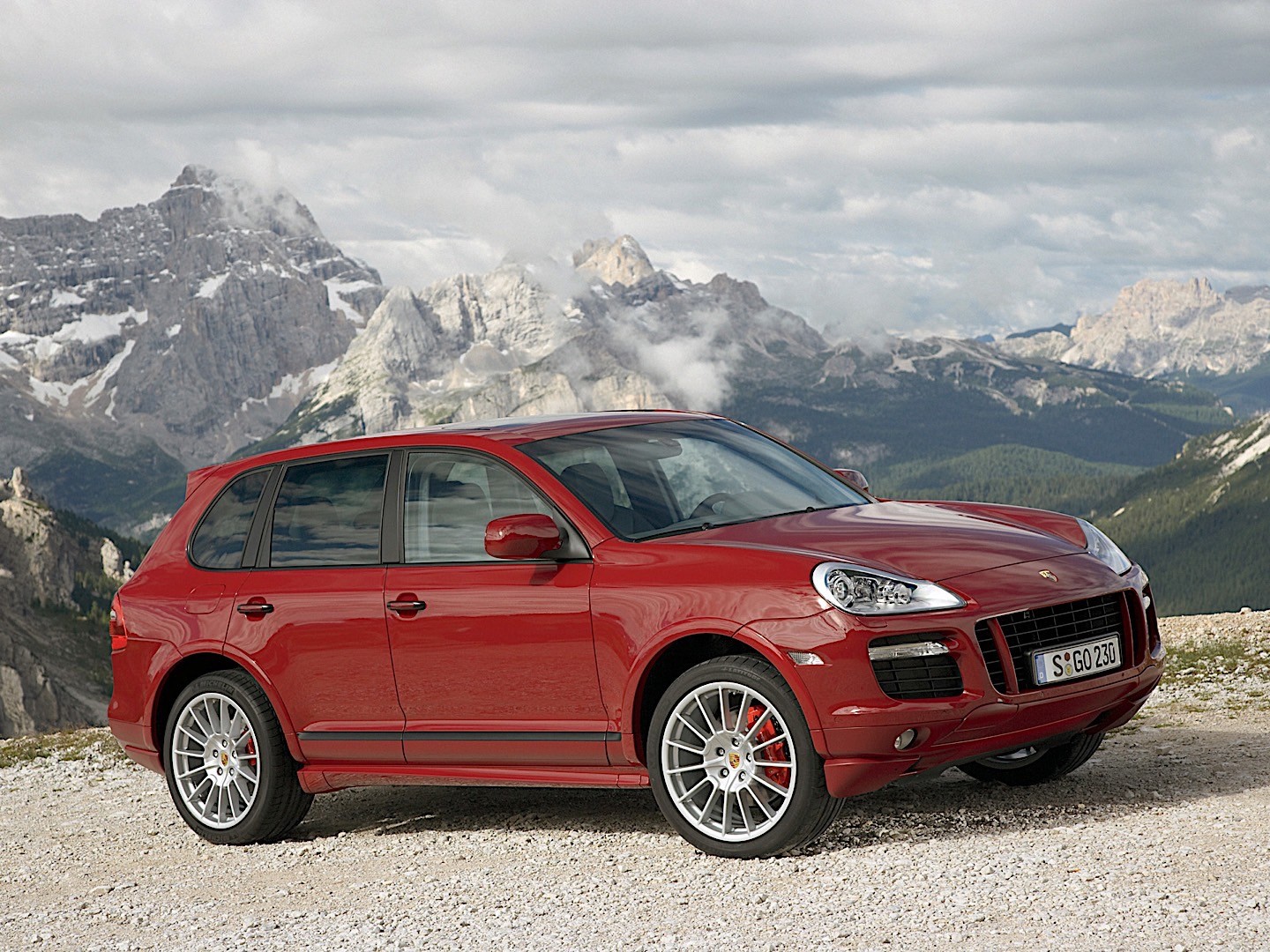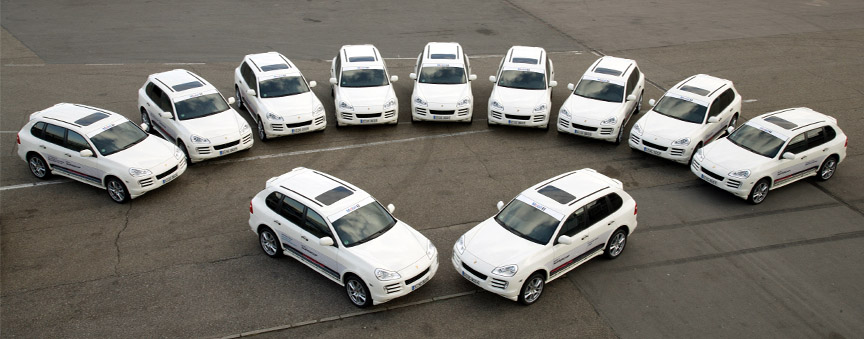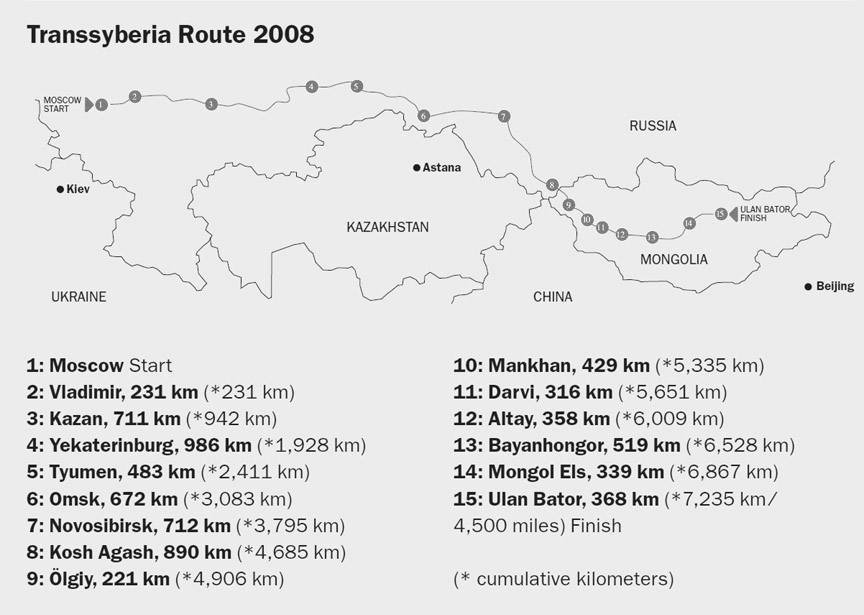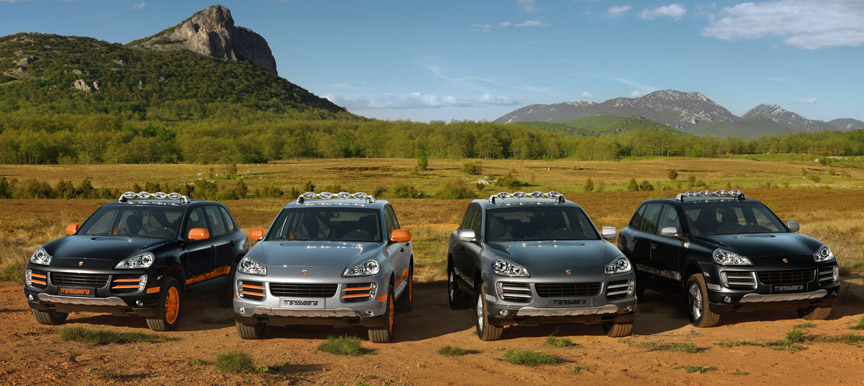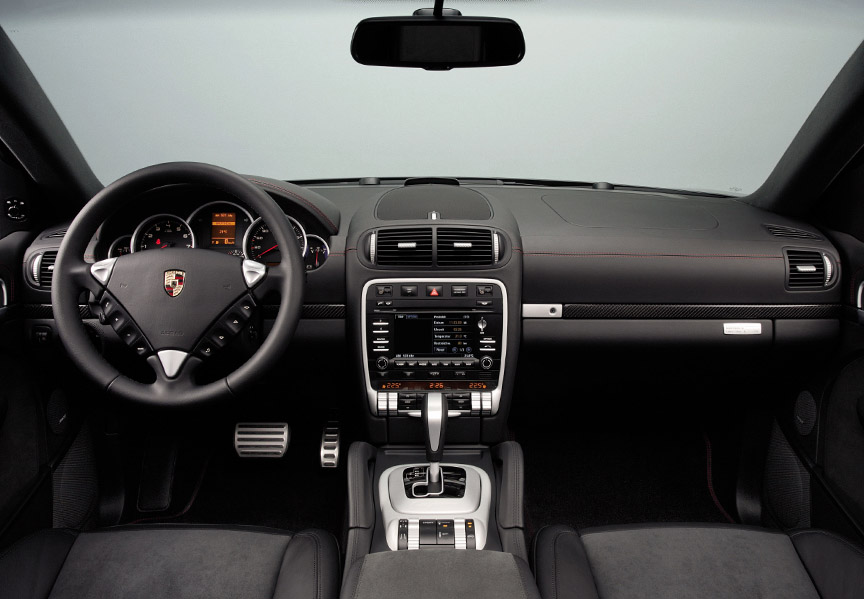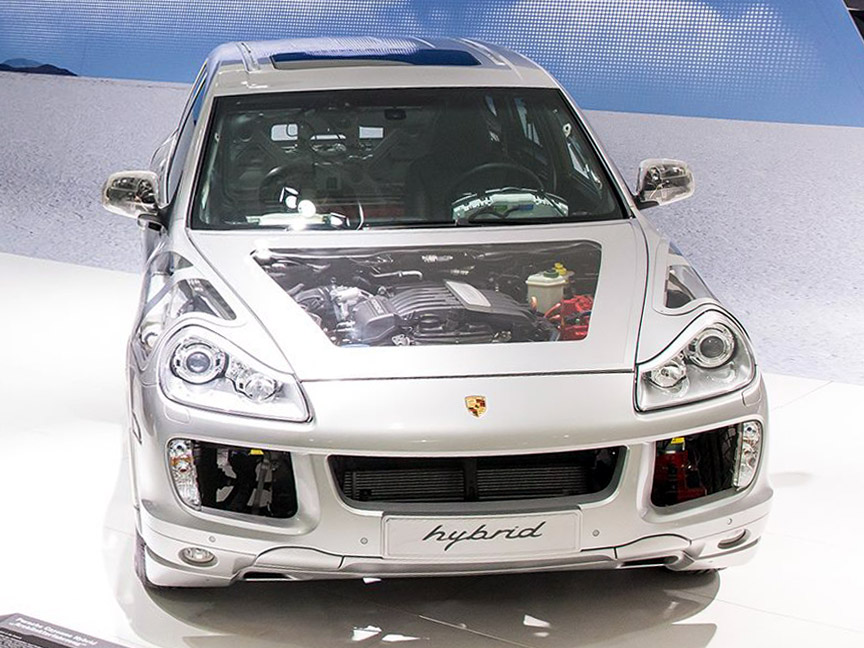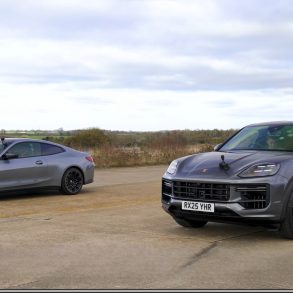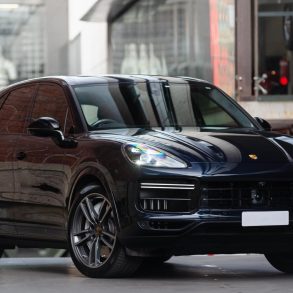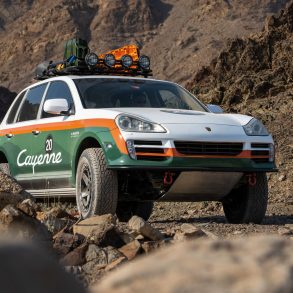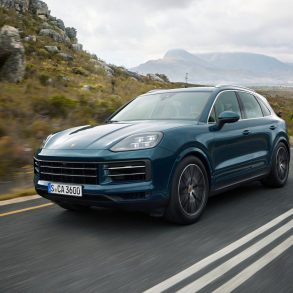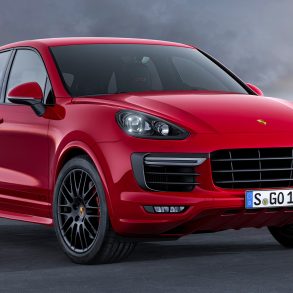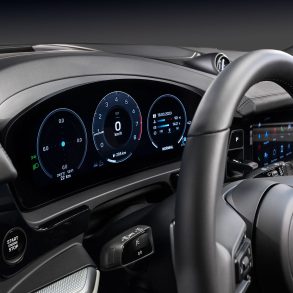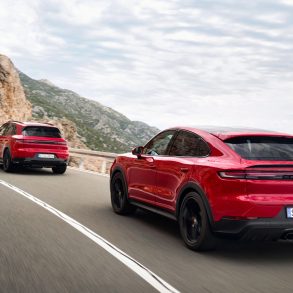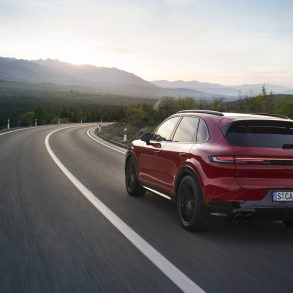1st Generation Porsche Cayenne (957) Story & History
Cayenne (2007 – 2010)
Unveil of official photos: 2006 December 4 / Premiere: 2007 January 8, press event before North American / International Auto Show in Detroit / Market launch: 2007 February 24
The 2007 model year was skipped for the Cayenne – the 2006 model year of the original Cayenne, the 955, was extended to 1.5 years and the 957 was produced with 2008 model year VIN code from the beginning.
Performance Summary
| Modification | Engine | Gearbox | kW | lb-ft | Nm | 60 mph | 100 km/h | mph | km/h | kg | lb | W/lb | W/kg |
|---|---|---|---|---|---|---|---|---|---|---|---|---|---|
| Diesel Turbo 3.0 | 3.0V6 Audi TDI | Tiptronic 6-speed | 176 | 404 | 550 | sec. | 8.3 sec. | 133 | 214 | 2,240 | 4,938 | 35.60 | 78.60 |
| 3.6 | 3.6VR6 Volkswagen | Tiptronic 6-speed | 213 | 283 | 385 | sec. | 8.5 sec. | 141 | 227 | 2,170 | 4,784 | 44.50 | 98.20 |
| 3.6 | 3.6VR6 Volkswagen | manual 6-speed | 7.5 sec. | 8.1 sec. | 141 | 227 | 2,160 | 4,762 | 44.70 | 98.60 | |||
| S | 4.8V8 Porsche | Tiptronic 6-speed | 283 | 368 | 500 | sec. | 6.8 sec. | 155 | 250 | 2,245 | 4,949 | 57.20 | 126.00 |
| S | 4.8V8 Porsche | manual 6-speed | sec. | 6.6 sec. | 157 | 252 | 2,225 | 4,905 | 57.70 | 127.00 | |||
| S Transsyberia street version | 4.8V8 Porsche | Tiptronic 6-speed | 298 | 368 | 500 | 6.1 sec. | 6.5 sec. | 156 | 251 | 2,245 | 4,949 | 60.20 | 133.00 |
| S Transsyberia street version | 4.8V8 Porsche | manual 6-speed | 5.7 sec. | 6.1 sec. | 157 | 253 | 2,225 | 4,905 | 60.80 | 134.00 | |||
| GTS | 4.8V8 Porsche | Tiptronic 6-speed | 298 | 368 | 500 | 6.1 sec. | 6.5 sec. | 156 | 251 | 2,245 | 4,949 | 60.20 | 133.00 |
| GTS | 4.8V8 Porsche | manual 6-speed | 5.7 sec. | 6.1 sec. | 157 | 253 | 2,225 | 4,905 | 60.80 | 134.00 | |||
| Turbo | 4.8V8 Porsche | Tiptronic 6-speed | 368 | 515 | 700 | 4.9 sec. | 5.1 sec. | 171 | 275 | 2,355 | 5,192 | 70.90 | 156.00 |
| Turbo WLS | 4.8V8 Porsche | Tiptronic 6-speed | 397 | 551 | 750 | 4.8 sec. | 4.9 sec. | 173 | 279 | ||||
| Turbo S | 4.8V8 Porsche | Tiptronic 6-speed | 404 | 551 | 750 | 4.7 sec. | 4.8 sec. | 174 | 280 |
Weight here is DIN weight (90% of fuel, no driver, no cargo). Weight of German versions with standard equipment. Interestingly, the official weight figures of the 957-generation V6, S and Turbo remained exactly the same as on the 955.
In the end of December 2006, the first series production Cayenne 957 cars were made before the winter holidays. The 957 was the facelifted version of the 955. Almost no changes were needed at the final assembly line in Leipzig as only the installation of the axles and the powertrain were carried out on the fully assembled bodies that arrived from Bratislava. Distribution of the Cayenne 957 to Porsche centres started on February 24, 2007.
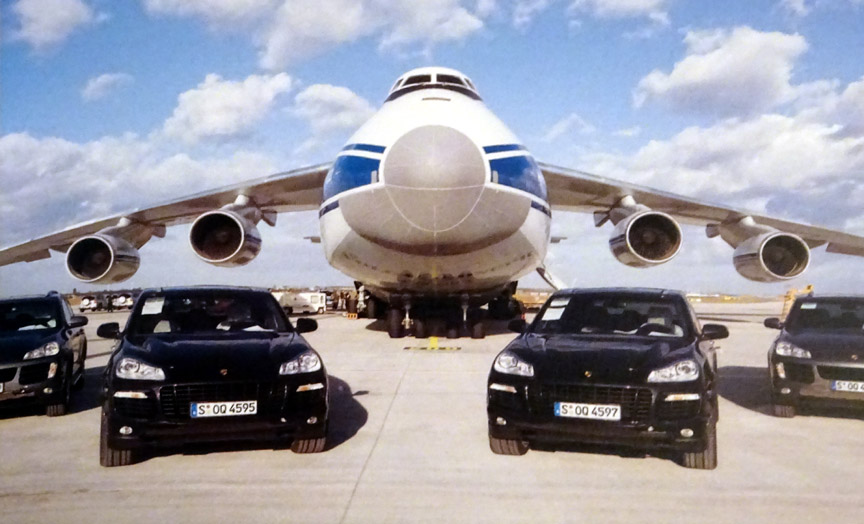
In terms of performance, the biggest improvement came for the base version. The 3.2-litre VR6 Volkswagen engine was really louzy in the previous Cayenne, so the new 3.6-litre VR6 made the base model much better. The V8 Porsche engines grew in size from 4.5 to 4.8 litres. The engines were equipped with direct fuel injection that helped to save some fuel.
The Turbo-version came with the 380 mm front brake discs that were first introduced for the 955 Turbo WLS. PCCB Porsche Carbon Ceramic Brakes with their 410 mm disc diameter at the front and 370 mm at the rear were made available for all V8 versions. The ceramic brake discs were hardly ever ordered – they are fragile to small stones, so not meant for off-roading, and super expensive to replace.
To improve sales, a new Cayenne version was created – the GTS. Back in the old days, the GTS abbrevation was used in the name of the Porsche 904 Carrera GTS super sports car, the sportier version of the widebody turbo version of the 924 and for the top version of the 928. Starting with the Cayenne in 2008, Porsche started to use the GTS abbrevation for versions which were sold as special deals. The “GTS” now standed for special equipment offered for a better price. The Cayenne GTS was technically a Cayenne S with a bit more power from 5500 rpm and the looks of the Cayenne Turbo, just that the red brake calipers were actually Cayenne S items painted red and not the big red brakes of the Turbo. The hood came from the Cayenne S, not from the Turbo. The standard wheels had 21 inch diameter! With its low profile tyres and specially lowered suspension, the GTS was not an off-roader anymore. The city poser needed more noise to impose its presence and the car was equipped with sports exhaust system. Sport exhaust on a normally aspirated V8 made many owners happy. The GTS came with special sports seats not seen before. Alcantara was used on the seats and door panels.
Except the GTS and the Turbo S, the interior remained basically the same as in the 955. The biggest change inside the car happened in the middle of 2008 for the 2009 model year when the new PCM Porsche Communication Management came with the touchscreen.
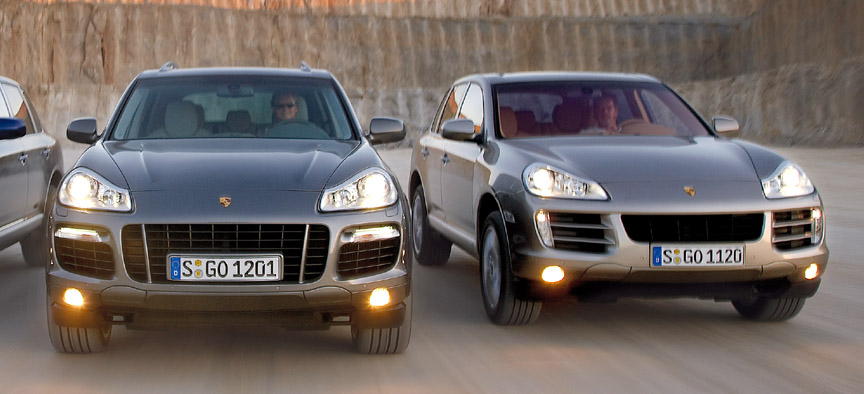
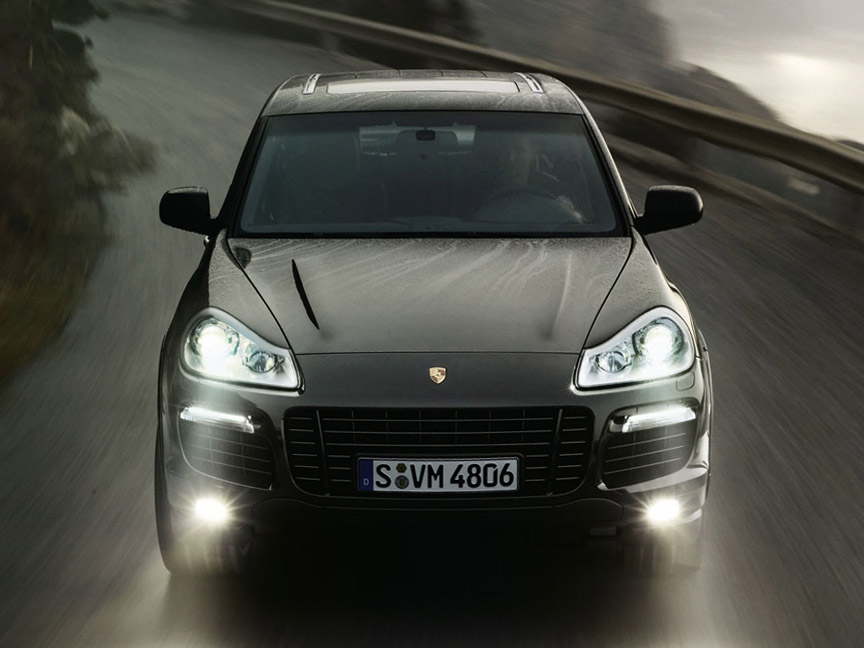
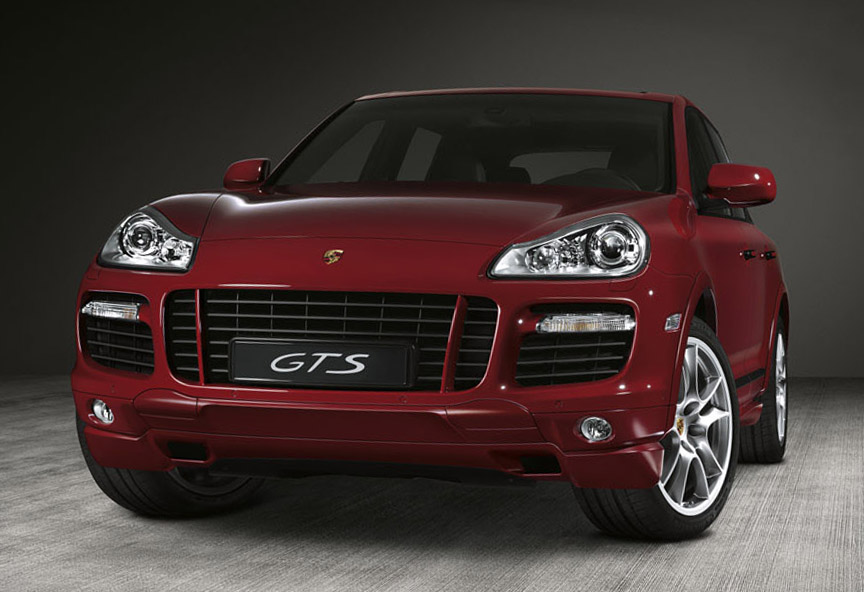
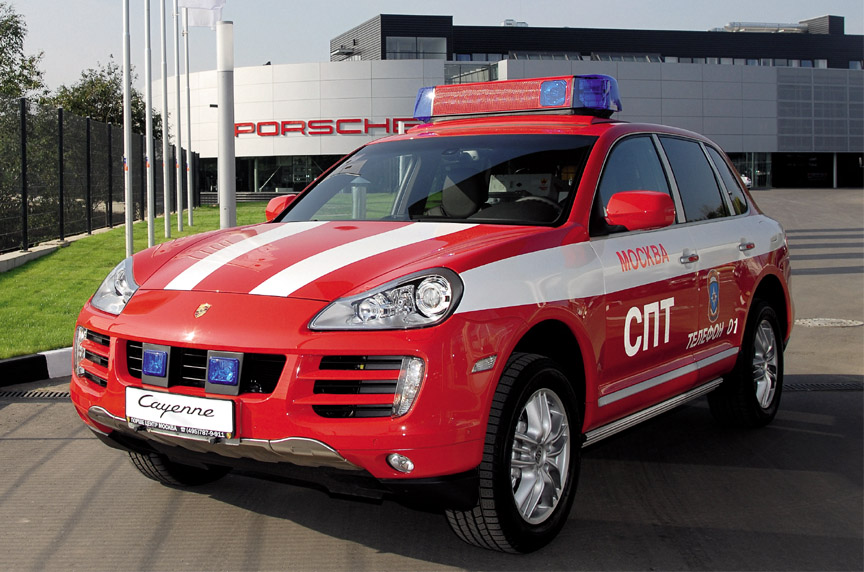
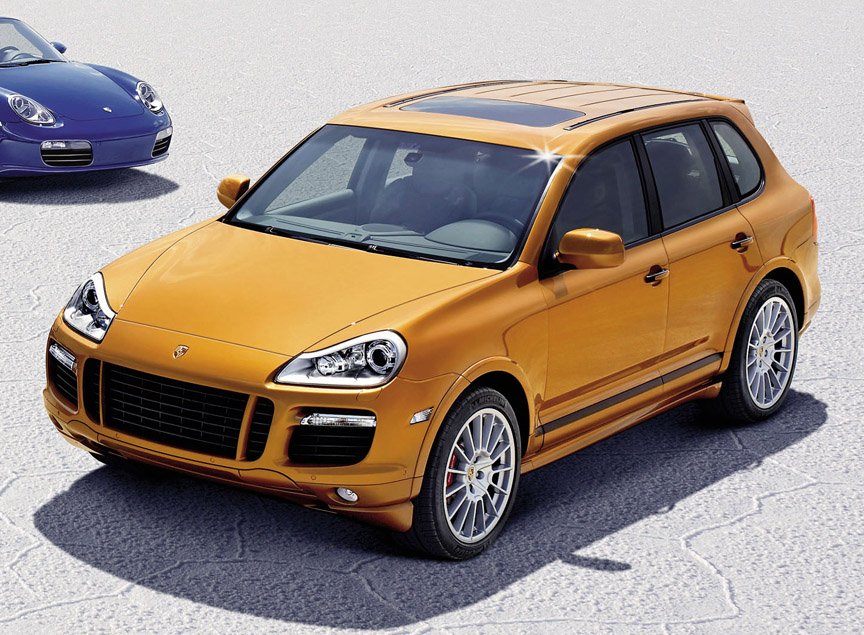
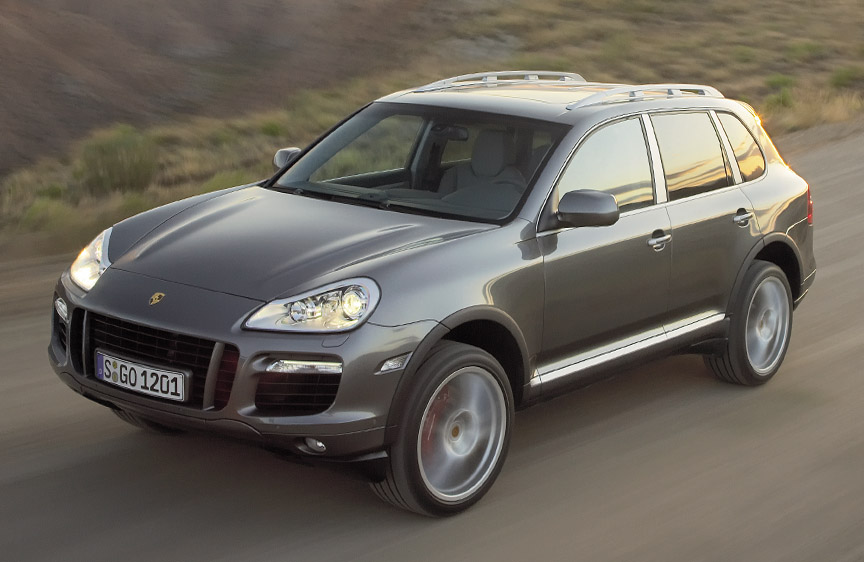
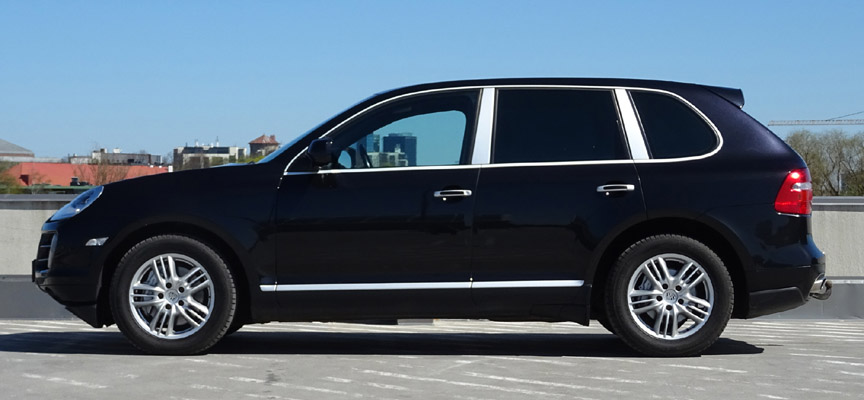
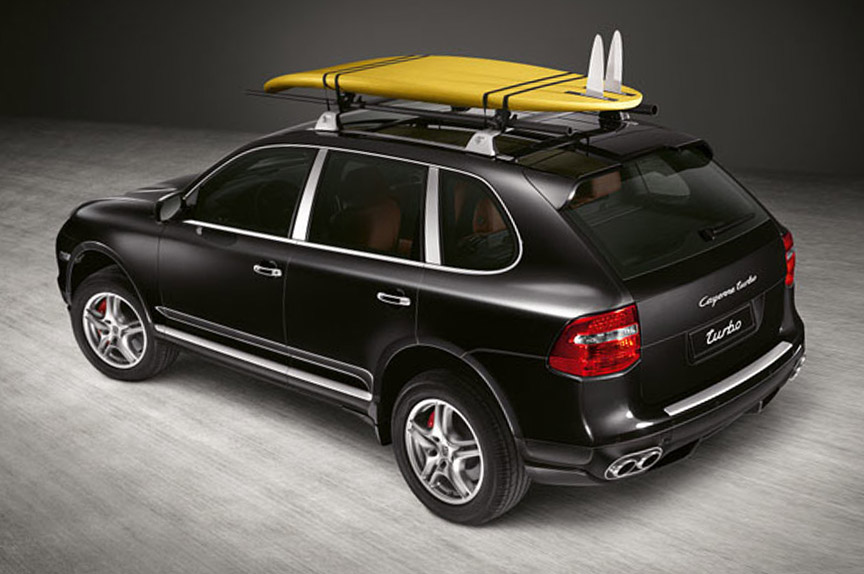
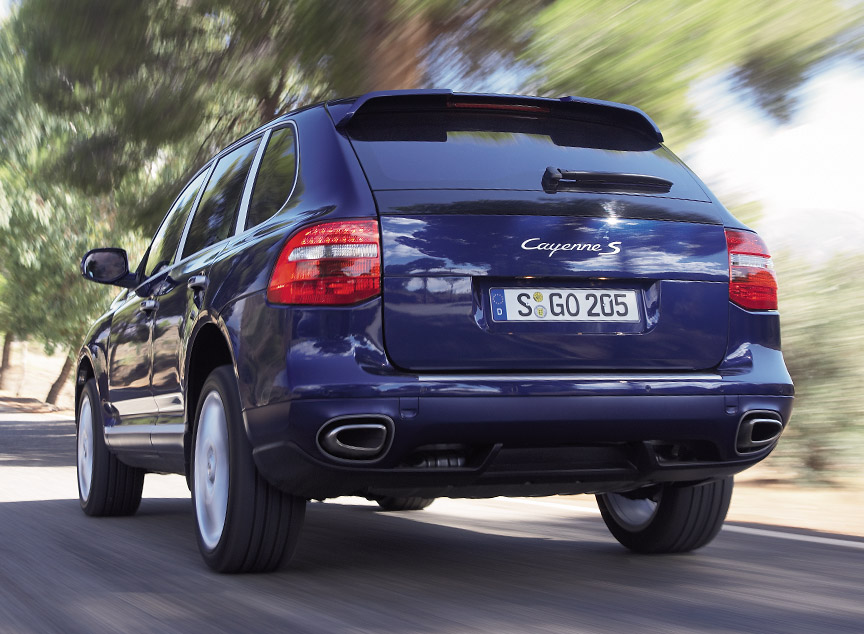
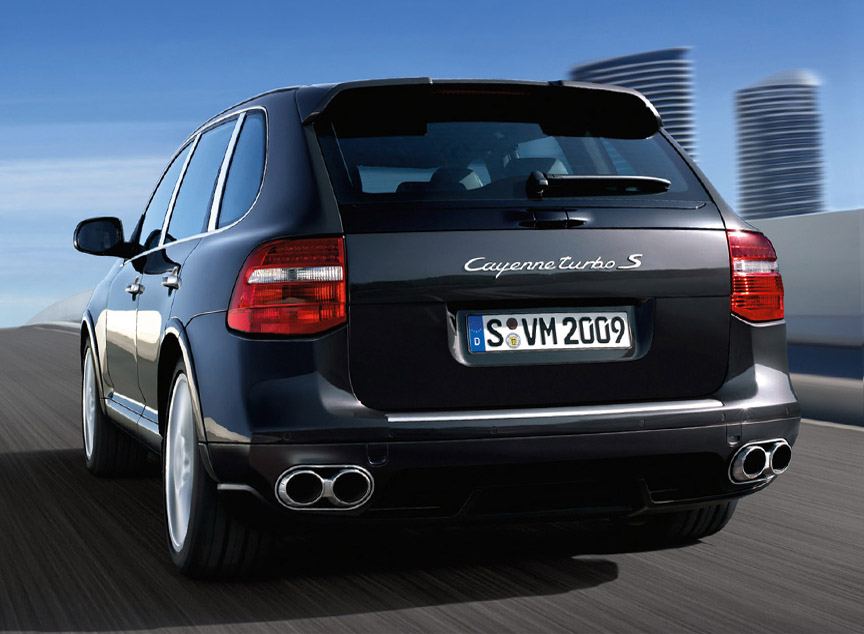
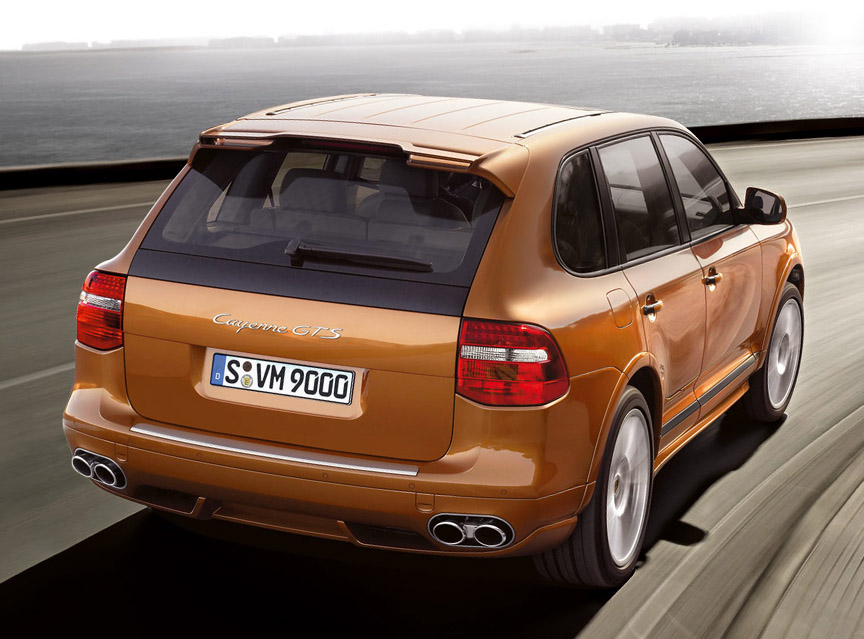
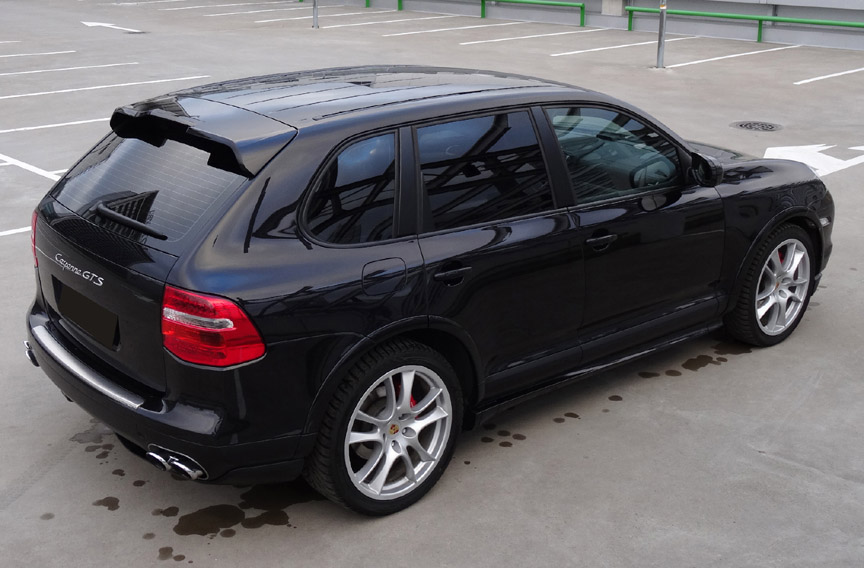
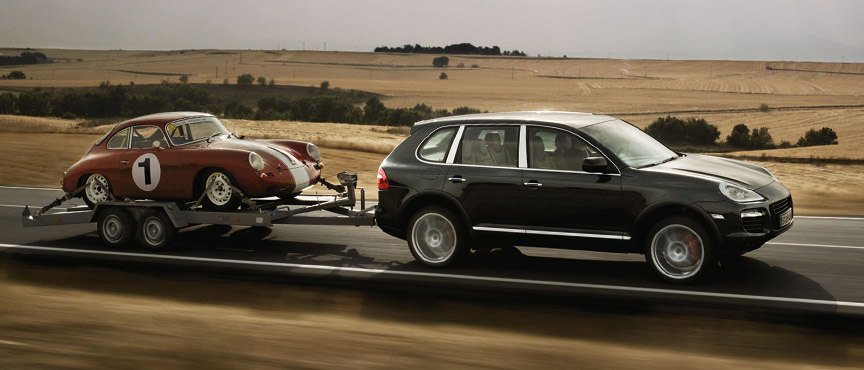
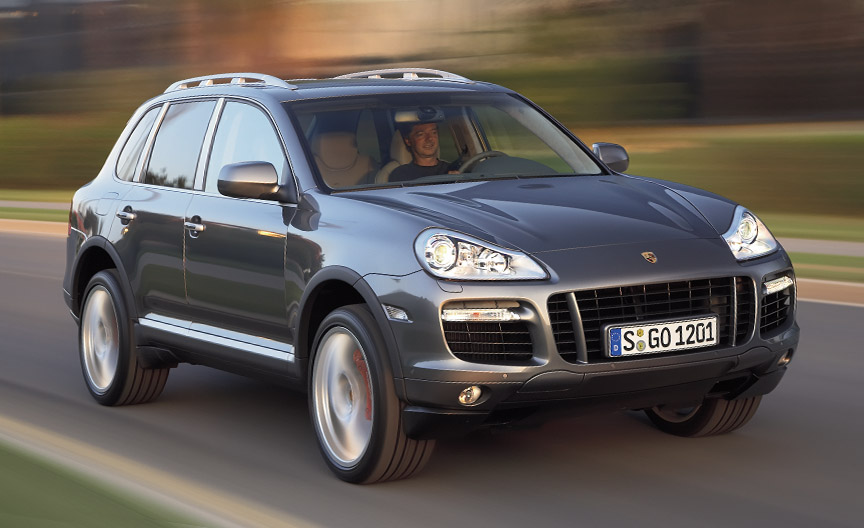
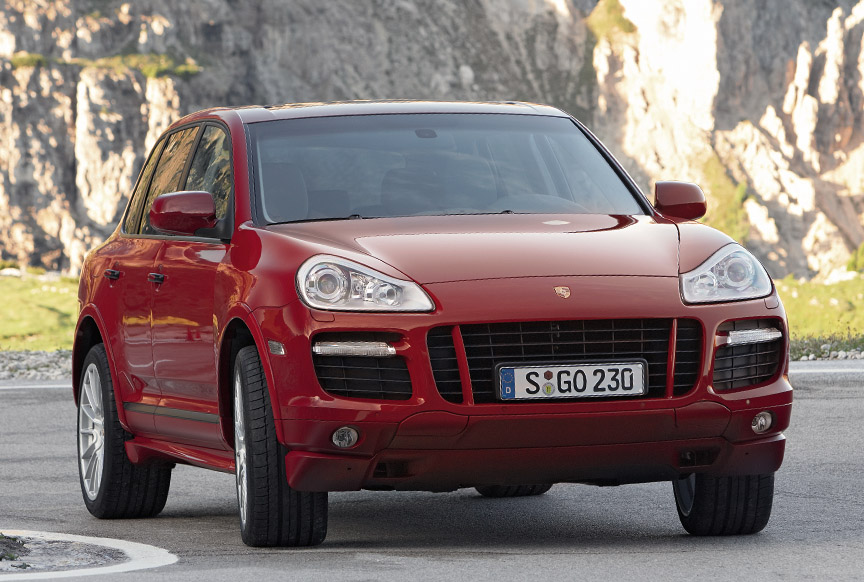
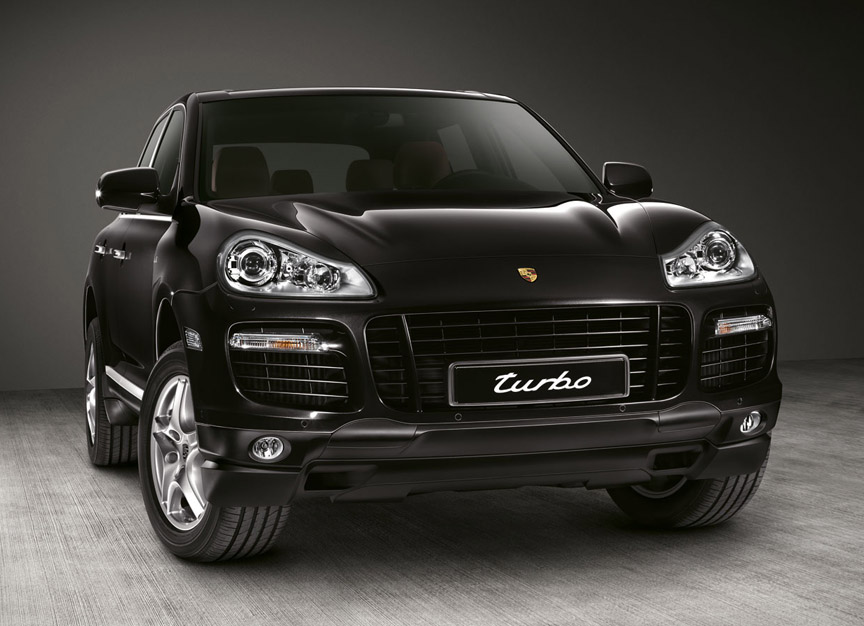
Cayenne S Transsyberia
Following the participation of the two 955-generation Cayenne S at the 2006 Transsyberia rally, a series of 957 S rallye cars were created for the 2007 event. The rights for the Transsyberia trade mark were bought from the original Polish organizer Romuald Koperski by German event organizer and the 2007 Transsyberia rallye was mainly organized for the teams participating with Porsche Cayennes. Until 2006 the rallye used to be for street legal off-road cars with the focus on traveling and off-roading, but from 2007 it was tailored for Porsche’s needs as a high speed sports rallye. It would have been bad publicity if someone would have got killed in the Cayenne, so the cars were fitted with roll cages, bucket seats and 6-point harnesses. The problem: such cars are not street legal, at least not in European Union. So, the start of the 2007 Transsyberia rallye was moved from Europe to Russia.
In addition to the safety equipment, the cars were made stronger and lighter where possible. The front axle was equipped with reinforced wishbones and the underfloor was covered with protective panels. A lightweight sports exhaust system was used. The car was naturally equipped with rear differential lock, a super rare option on street Cayennes. As the off-road tyres don’t allow higher than around 170 km/h (105 mph) speeds anyway, a shorter final drive was used in the transmission to make the car accelerate better. Most of the interior was removed and polycarbonate windows from B-pillar backwards were installed. The body was sealed for water up to window’s height. Electrics cables were rerouted and control units installed in safe places. The foot-operated parking brake was replaced with a handbrake for the rallye drivers to feel at home.
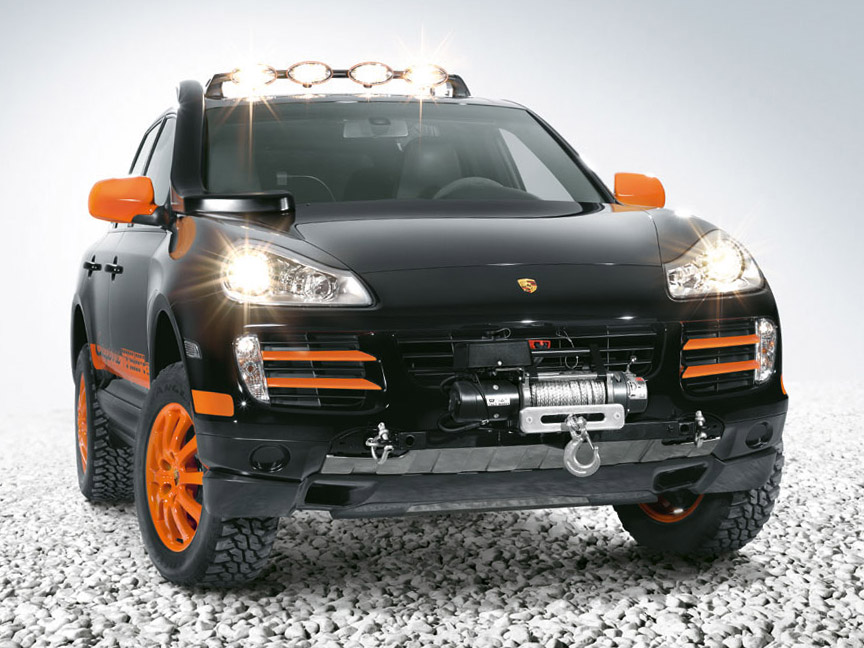
24 Cayenne 957 S rally cars, 2 Cayenne 955 S rally cars and a seventies Porsche 911 entered the 2007 Transsyberia rallye plus six other cars – 2 Mercedes, 2 Suzuki, a Toyota and a SsangYong. The start was in Moscow.
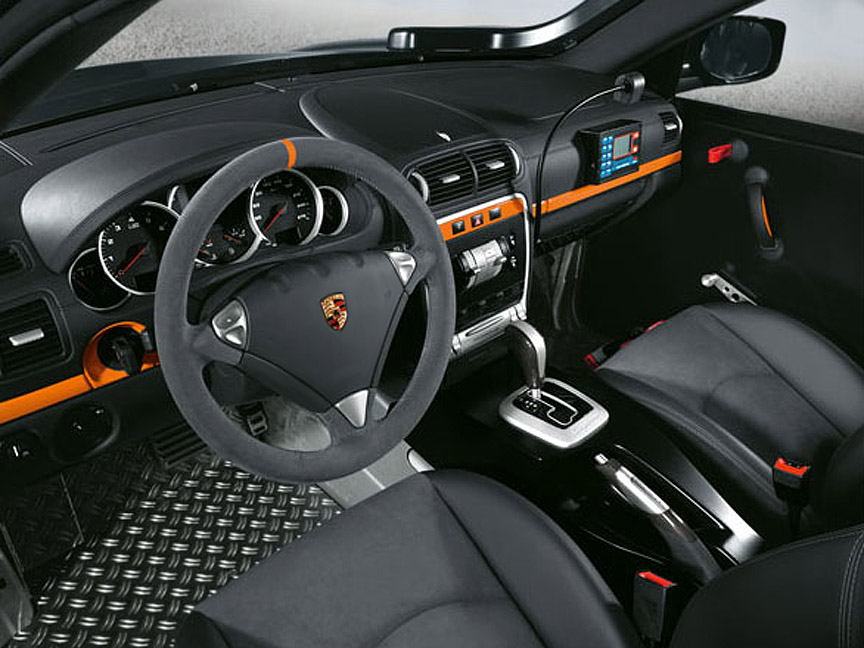
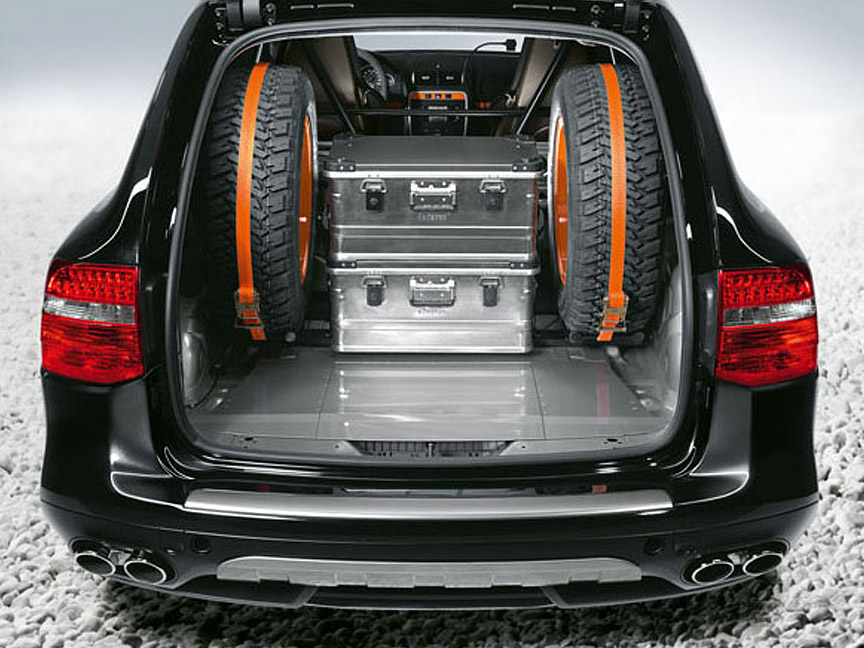
European rallye champion Armin Schwarz and co-driver Oliver Hilger from Porsche Motorsport were leading throughout Russia, but the rallye got difficult in Mongolia. The sole Toyota Land Cruiser took the lead until it got stuck. Then even the 911 went into lead until a river stopped its charge. The off-road tracks in Mongolia even stopped one of the 8-wheel-drive service trucks that Porsche had rented to carry everything that was needed for the teams to keep the Cayennes in shape. Ten Porsche mechanics travelled along in 4 Cayennes. In the ninth stage, five Cayennes were heavily damaged, but repaired – the mechanics were pushed to the limit, working up to 40 hours without sleep.
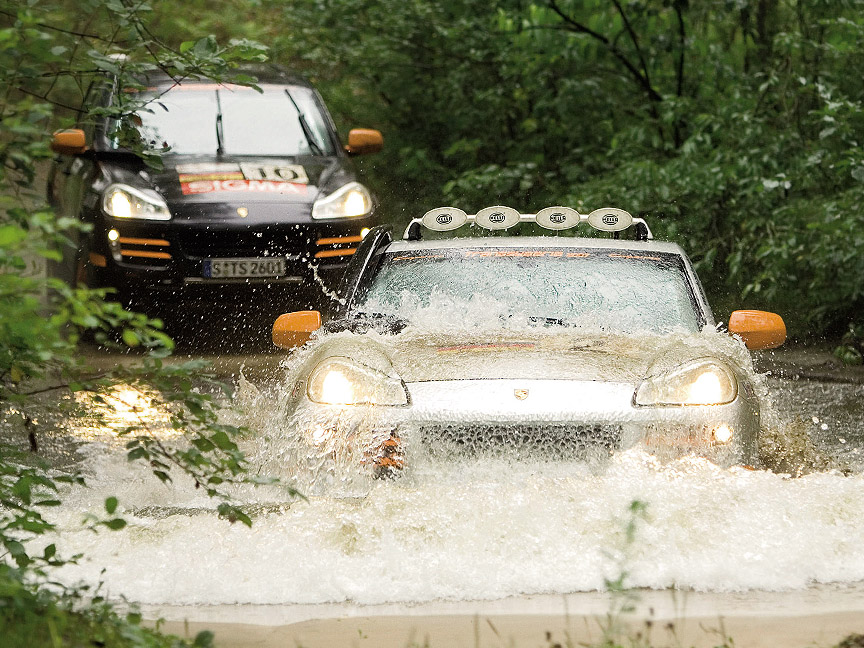
Mongolia is a great land for off-roaders, but unforgiving for rallye drivers – the teams of Schwarz/Hilger and Nierop/Yap rolled their Cayennes. The crash of Kees Nierop and Laurance Yap was really bad, even the engine flew out from the car. Thanks to the safety equipment, driver and co-driver survived the accident.
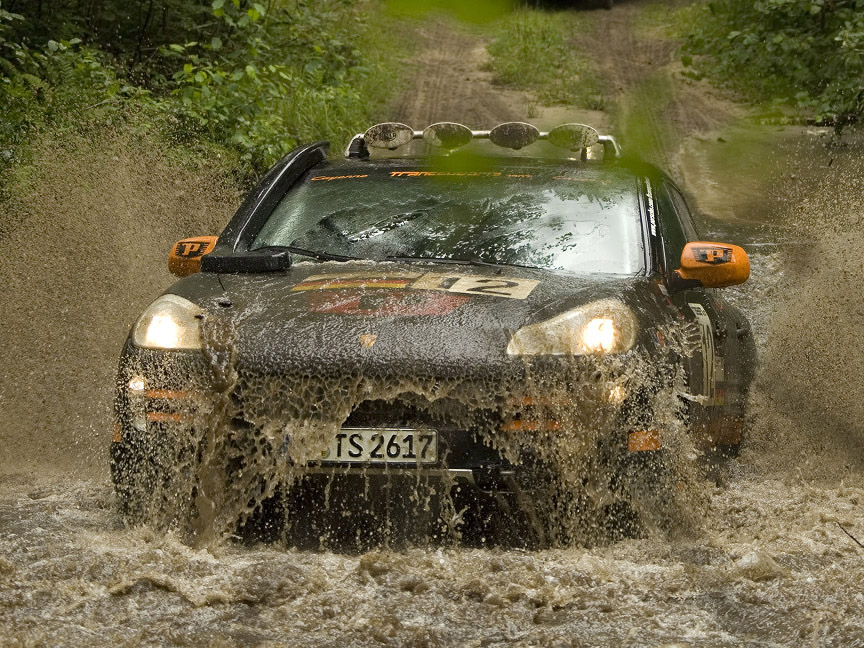
Rod Millen with co-driver Richard Kelsey won the 2007 Transsyberia rallye. The many time Pike’s Peak winner Rod Millen said: “That was the biggest motorsport challenge of my life” and “On rough terrain, the Porsche surprised me time and again with its capacities”.
Second place was taken by Antonio Tognana and Carlo Cassina, third place by Adel Abdulla and Norbert Lutteri. Fourth place was taken by Lars Kern driving a Suzuki Grand Vitara (Kern later became a Porsche factory test driver who set many Nürburging records for Porsche). Seven Cayennes didn’t finish the race because of the accidents in Mongolia.
For the 2008 Transsyberia rally, a few new components were offered. They included rally shock absorbers which made the car substantially smoother on the bumpy roads, a new and stronger sump-guard and more durable BFGoodrich 265/65-18 offroad tyres. The lower parts of the front and rear bumper were removed to allow a larger angle when entering or exiting a slope.
The 2008 Transsyberia rally started again in Moscow and ended in Ulaanbaatar, Mongolia. The rallye was won by Christian Lavieille/Francois Borsotto, followed by Pau Soler/Laia Peinado and Armin Schwarz/Andreas Schulz. Many teams didn’t finish the rallye. The Cayenne of Porsche Cars Great Britain team burned down. The Canadian team was also very unlucky – Nierop/Yap had rolled their Cayenne in 2007 and lost the transmission in their next Cayenne early in the 2008 rallye. For marketing reasons the retired teams were not listed in the results list.
In October 2008, the street legal Cayenne S Transsyberia edition was unveiled at the Paris motor show. The car was basically a regular Cayenne S, with the engine power modifications and the interior from the GTS, plus the steering wheel was covered with the alcantara. The roof lamps were delivered with the car, but not installed, as these were not street legal. Orange wheels and orange stickers as seen on the Cayenne S Transsyberia rallye cars, were available. Apart from the rally combinations Black/Orange and Crystal Silver Metallic/Orange, the customers had the choice of the more discrete combinations of Black/Meteor Grey Metallic and Meteor Grey Metallic/Crystal Silver Metallic. Deliveries of the cars started in January 2009.
Cayenne GTS Porsche Design Edition 3
Following the Porsche Design Edition 1 Cayman and the Porsche Design Edition 2 Boxster, the Cayenne GTS with Porsche Design Edition 3 stickers was released.
Porsche Design is a company based in Zell am See in Austria. It was founded in the seventies by Ferdinand Alexander Porsche, the designer of the 911, the son of Ferry Porsche and the grandson of Ferdinand Porsche. The Cayenne GTS PDE3 was offered in unique Lava Grey Metallic.
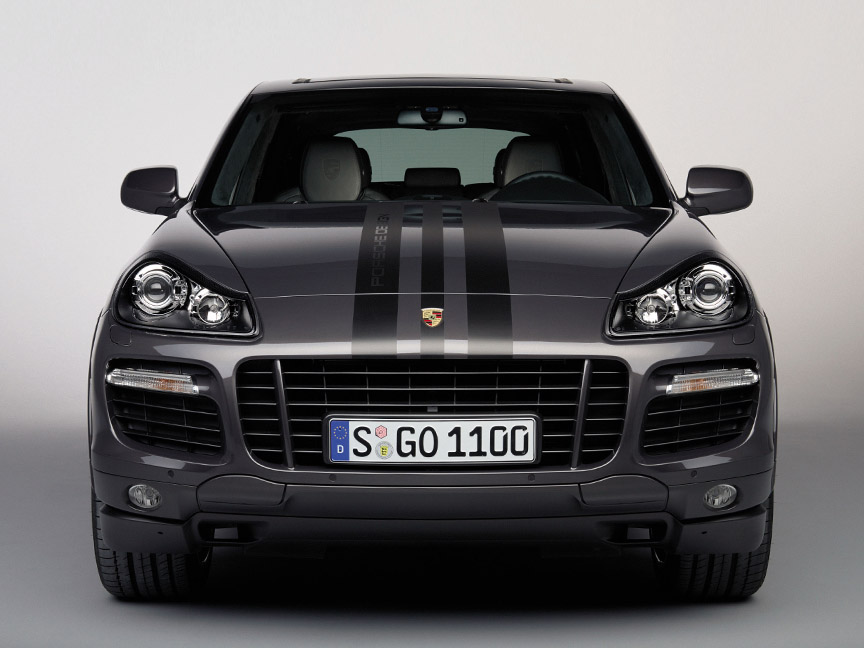
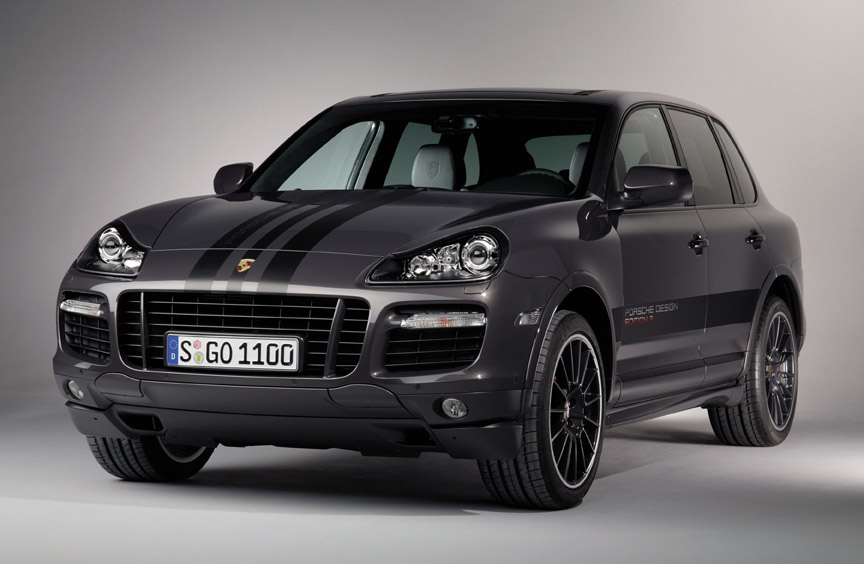
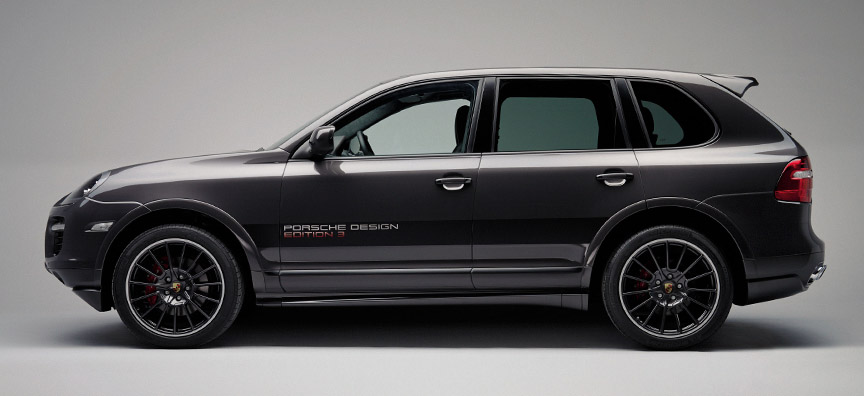
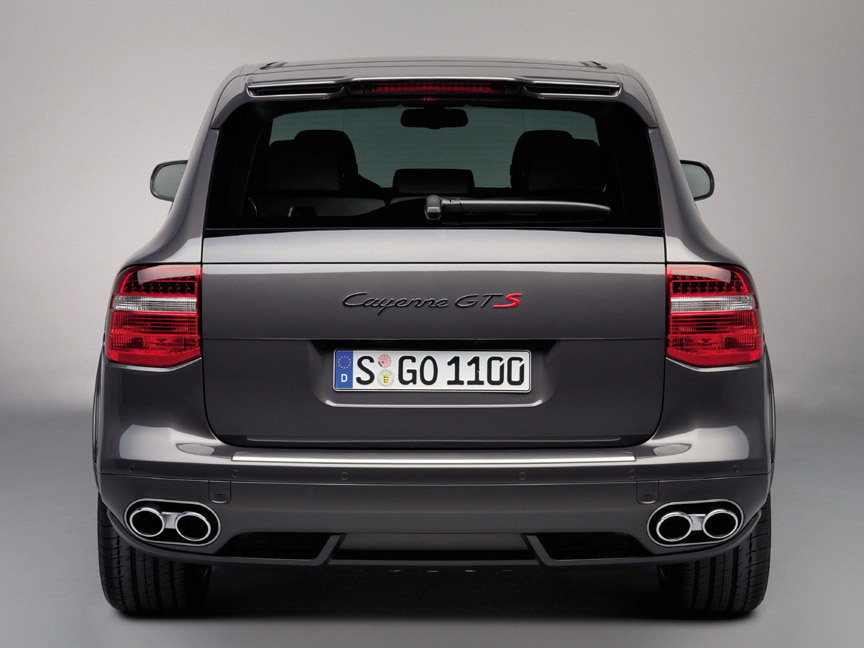
Cayenne Hybrid Prototype
Already in September 2005 Porsche had announced that it will develop a hybrid drive together with Volkswagen Group. Initially, 15% reduction in fuel consumption was targeted and in 2007 it was set at 25%. In addition to short fully electric trips, the electric motor can support the combustion engine to improve acceleration when needed. Another advantage is that the electric motor provides an additional brake effect that generates electrical energy that is stored in the battery and saves brakes.
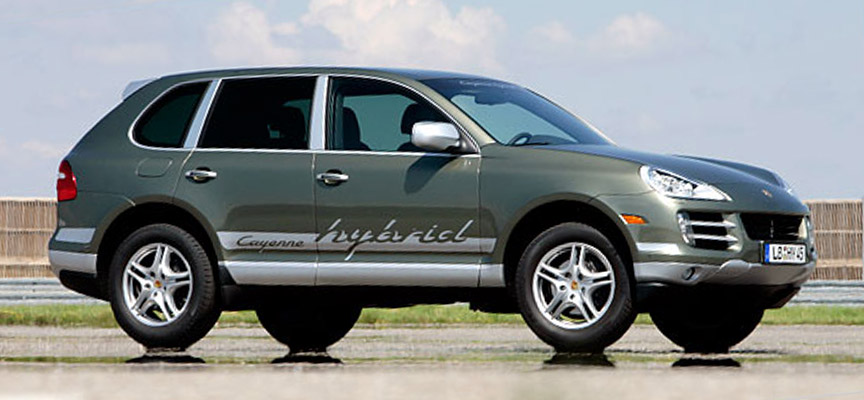
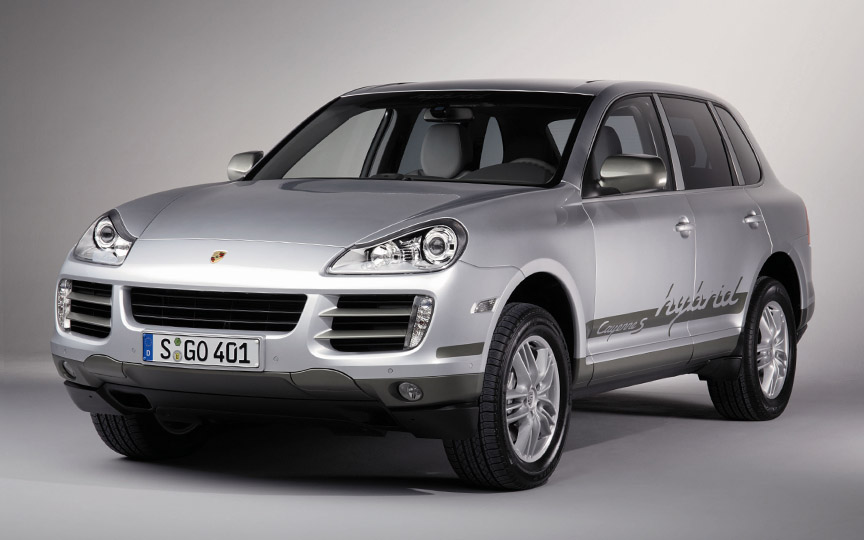
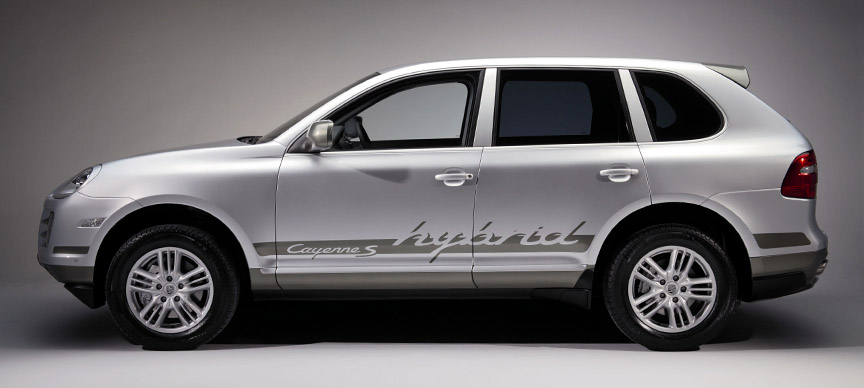
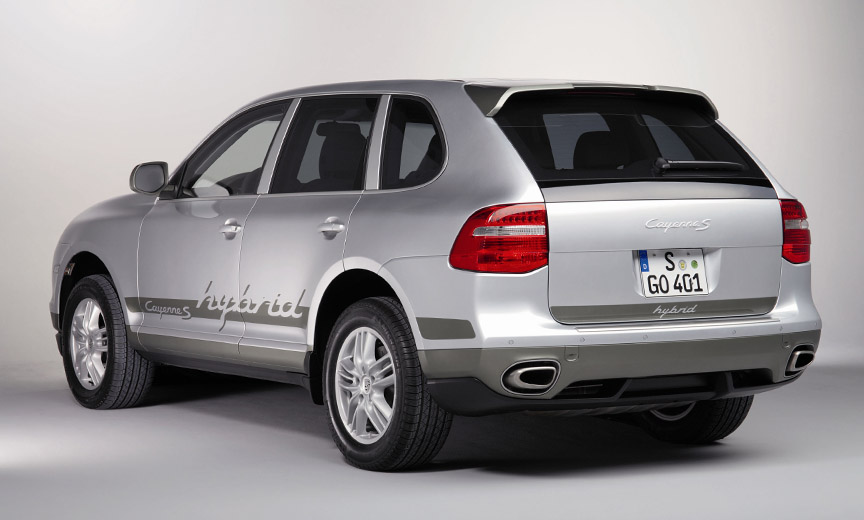
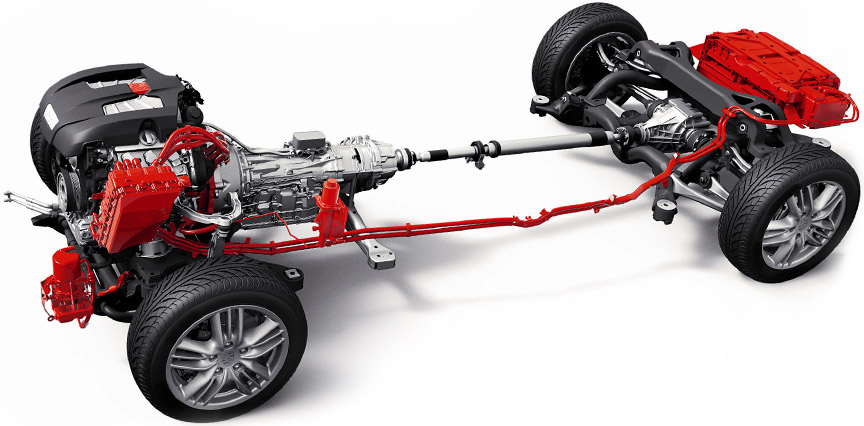
The 957 Hybrid took more time to develop than expected and therefore the series production hybrid drive was scheduled for the next Cayenne, the 958.


